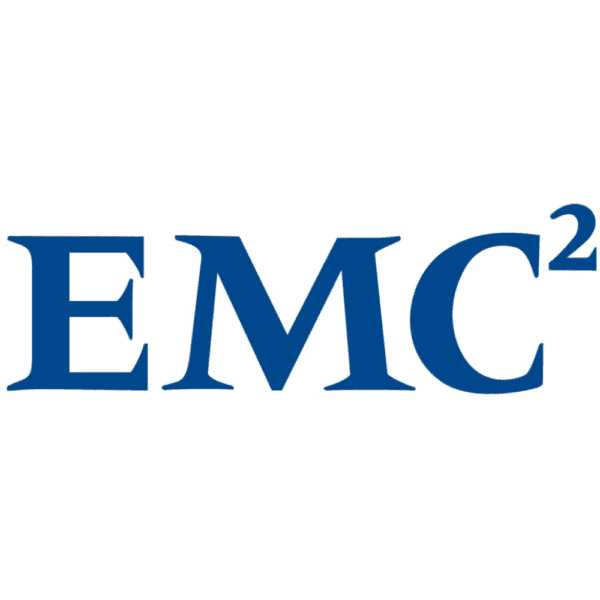Modern, static UPS systems are broadly classified into three design architectures: on-line, off-line and line interactive. This post describes and compares the three types and explains why – for truly critical loads – on-line topology is the only acceptable approach.
Assuming that the UPS design uses batteries – which remain as the most popular form of energy storage for back-up applications – then it always has three key elements to support these, irrespective of the topology: a charger or rectifier/charger, an inverter, and a static switch. However, the way in which these building blocks are deployed does depend on the UPS topology.
In an off-line system, the critical load is powered directly from the raw AC mains input during normal operation. The incoming supply bypasses the UPS power conversion elements to connect the load directly with the static switch. This only transfers the load to the inverter output if the mains supply fails, transgresses preset voltage or frequency limits, or exhibits some other anomaly.
This topology can appeal to some users because it offers cost savings. As the UPS conversion stages are bypassed during normal operation, the UPS operates more efficiently, with lower losses and a reduced cooling requirement. Capital costs are also reduced because an off-line UPS can use lower-rated components and does not need a power rectifier.
But set against this is the consideration that throughout normal operation the load will be subjected to a waveform that is not closely regulated and exposed to disturbances arriving from the utility mains. Although such systems usually have a degree of spike suppression and rf (radio frequency) filtering, a level of exposure remains. Additionally, there is an inevitable load supply break of typically two to 10 ms while the static switch transfers the load between the inverter output and the mains supply.
Line-interactive systems are off-line variants that attempt to offer a higher level of performance than conventional types by adding voltage regulation features in the bypass line. The two most popular line-interactive designs employ either a buck/boost transformer or a ferroresonant transformer. They improve on conventional off-line systems by providing a degree of automatic voltage regulation, and possibly by reducing UPS battery usage and associated degradation to battery life.
An on-line UPS system is fundamentally different to the off-line types in that, during normal operation, mains power flows through the rectifier/charger and inverter before reaching the load. This UPS design is sometimes referred to as a double-conversion UPS, due to its two conversion stages of AC-DC and DC-AC, and offers the greatest degree of critical supply integrity in that the load is supplied with processed, well-regulated power at all times. The load is also protected from input supply aberrations because the rectifier and inverter act as a barrier to mains-borne noise and transient voltage excursions.
If the input supply goes outside a preset voltage range (typically +10% to -20%) or frequency, or suffers a total failure, the inverter continues operating from battery power. The event is totally transparent to the load as there is no transfer operation involved.
For these reasons, most data centre owners, or other users responsible for ICT operations that are mission-critical, will always select on-line solutions. They are the only approach that offers truly comprehensive protection to the load at all times. Their extra cost becomes insignificant when compared with the consequences of a catastrophic system failure – which is a likely outcome of a mains supply problem being allowed to reach the critical load.





